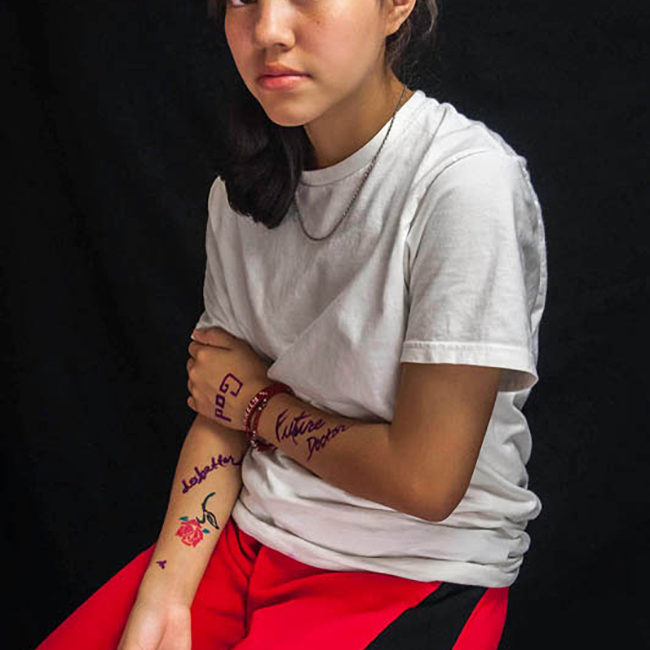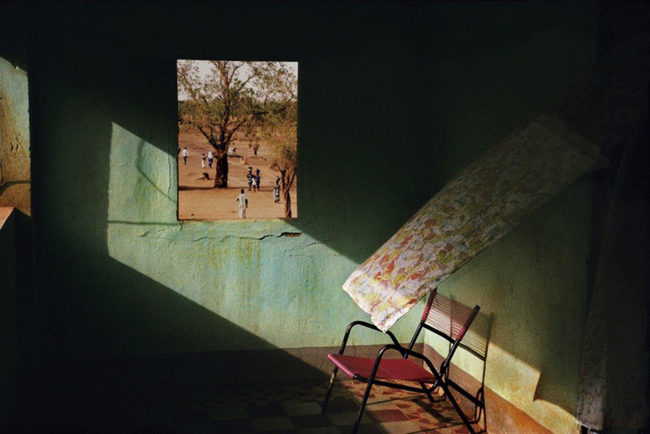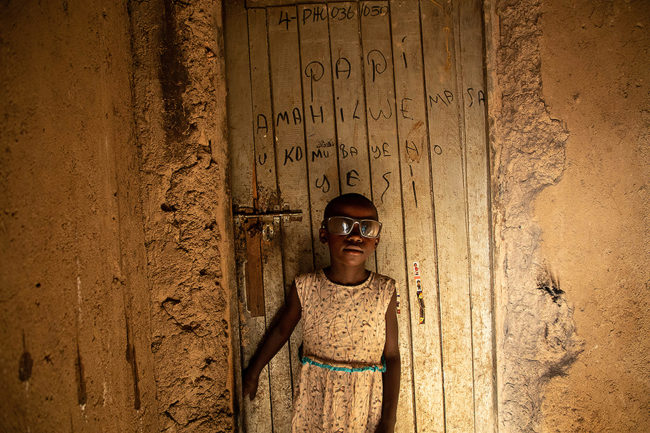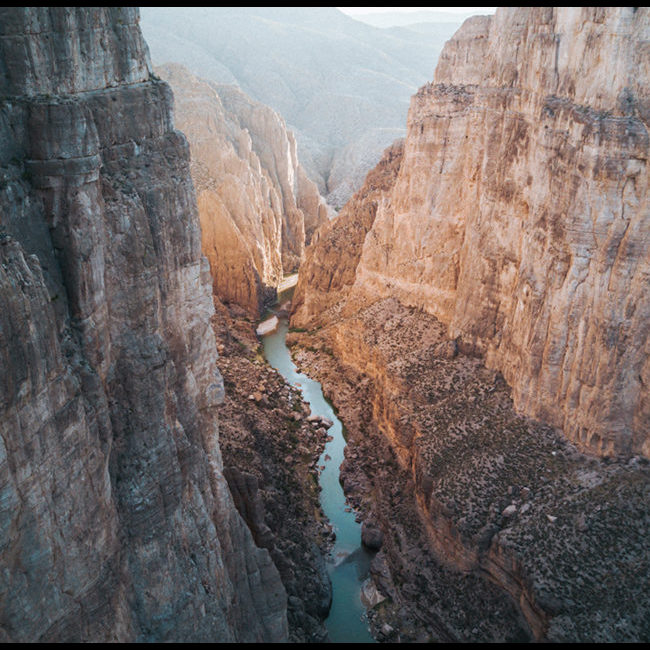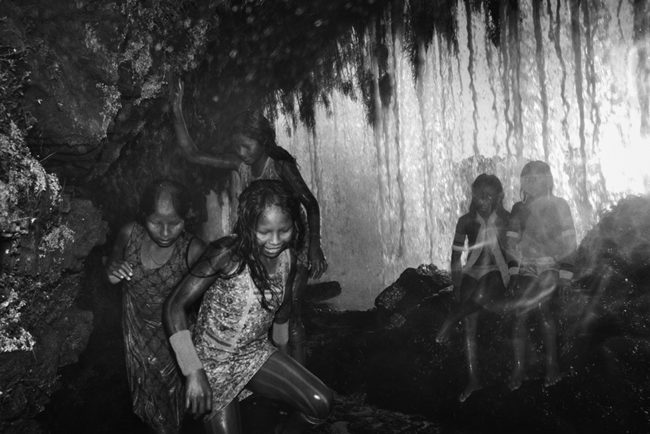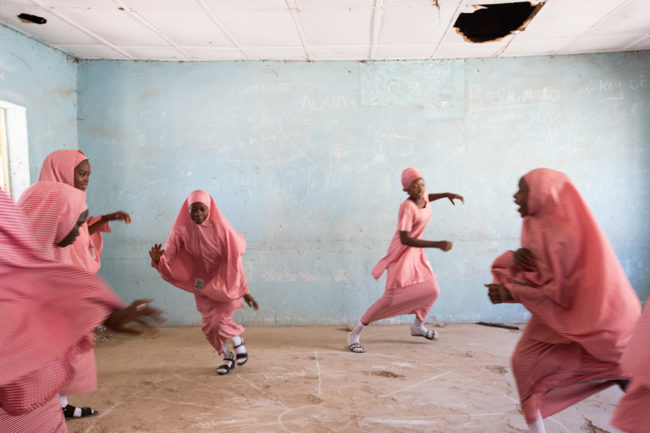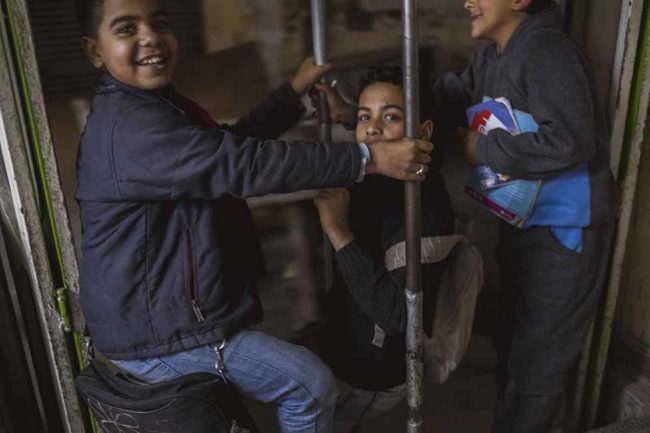“The labels we covet and stick onto others are nothing if not a reflection of perspective,” states Zara Katz, the curator of “Insiders/Outsiders,” an exhibition presented by Narratively opening tomorrow, Friday, September 11, at Photoville. The exhibition brings together the work of Paolo Ciregia, Giles Clarke, Glenna Gordon, Talia Herman, Mario Kaiser, Andrew Renneisen, Katia Repina, Joseph Rodriguez, Marieke van der Velden, Patrick Willocq, and Theo Zierock as they explore the dynamics of belonging to one community and being on the outside of others.
What follows is an interview with Katz about the process of curating the exhibition and the ambiguous nature of identity and belonging.
Sarah Stacke: What inspired the theme of “Insiders/Outsiders?”
Zara Katz: Every week Narratively has a dedicated theme and publishes one story a day on that theme. Last December, we published two complementary themes: one week about “Insiders” and one week about “Outsiders.” The editing team discussed and debated which stories to publish in each week, realizing along the way that many of the stories could go in either theme because of the nebulous nature of these labels. With the help of the founders/editors of Narratively, Noah Rosenberg and Brendan Spiegel, we decided on the overarching theme of “Insiders/Outsiders” for our Photoville exhibit as a way to demonstrate that each of these stories is one-of-a-kind, even as they are bonded together as a group.
SS: Can you tell me a bit about the process of curating this exhibition? For example, did you choose the theme and then choose images that fit? Or was the process more organic?
ZK: I curated the exhibition to reflect the thematic publishing model of Narratively in weekly themes. I started by selecting some of the most powerful images and stories that we have published in the past year, choosing from half-a-dozen different weeks and rearranging them to fit three themes: Not-So-Secret Society, Fight the Power, and Into Forbidden Lands. Each set is curated on its own wall of the container but together they all beg the question of: Insider or Outsider?
In the container, I wanted the viewers to physically walk through a Narratively theme and see how diverse and far-reaching our stories go. Some images hang perpendicular to the wall to create a space in which only a single person can stand and absorb all three images. Each image is accompanied by the headline and sub-headline of the story, along with an extended caption to show how we build narratives.
SS: Is there something specific about the current cultural climate that you believe makes the theme of “Insiders/Outsiders” particularly poignant?
ZK: Narratively tells human stories that turn societal labels, pigeon holes, and judgments on their heads. The theme of the week can often be more of a comment on the nature of news media to only publish what “sells” at any given moment. Conversely, we prefer to allow an extraordinary story to resonate in the format that supports that content best, without boxing anything in.
SS: I’m very intrigued by Willocq’s work because it incorporates so many photographic genres. Would you talk about how his series of Pigmy mothers in Congo represents the “Insiders/Outsiders” theme?
ZK: Willocq’s images, along with the text by Laurence Butet-Roch, comprise a story that amazed me on so many levels. The Pigmy women are sent into isolation after they give birth as a way to protect and support them as mothers, but the process is also intensely ostracizing. When they come out of isolation, which can last months or years, they perform a song and dance that tells the story of their time away from the tribe. Willocq photographed the song and dance ritual in a traditional documentary style and then asked a few of the women to recreate scenes from lyrics in their songs, so that he could photograph them on a large-scale set. After he worked with several women, others sought Willocq out to craft a photograph of their own story—so his process became a new part of the ritual and culture.
To me, the story of these women and this photographer redefines the labels of insiders and outsiders at every step of the way. Seriously, read this full story. It will blow your eyebrows off.
SS: It’s interesting to think about Cuba in relation to the “Insiders/Outsiders” perspective because the country is expected to experience a rapid shift in identity due to recent politics. What do you feel Zierock’s work reveals about Cuba and “Insiders/Outsiders”?
ZK: Cuba, like Iran, Iraq and Northern Nigeria (the other places featured in the “Into Forbidden Lands” section) have all been considered “outsiders” in American political language and psychology. Yet these outsider photographers have managed to go in and tell stories that show these countries in a different light, one that rejects the outsider label.
SS: “Insiders/Outsiders” is a conversation that has long existed when talking about photographers and the communities they photograph, which are often different than their own. How do you think the photographers in this exhibition fit into the “Insiders/Outsiders” dynamic in relation to their work?
ZK: It is completely true and completely meta. These photographers are as much insiders and outsiders as the people they photograph. Although most of the photographers in this exhibition do not come from the community or location he or she photographed, they all spent a significant amount of time connecting and understanding the nuance of the story, in order to photograph with respect. This does not necessarily make them insiders but their work generates witness into an existence possibly unknown before, thus implicating the viewer as both an insider and outsider. Photographer, “subject,” and viewer all simultaneously play both roles.
SS: What do you hope the viewers will take away from this exhibition?
ZK: I hope viewers walk away questioning their perspectives, unable to label a particular image or story as an Insider or Outsider.
Narratively is on Facebook, Twitter, and Instagram.
—Sarah Stacke
RELATED:
Illuminating LGBTQ Movers and Shakers
Constructed Identities: Presented by Crusade for Art Brooklyn
Cuba: The Personal and the Political
What’s a Nigerian Identity?
Identity at Play: Basketball in Mexico
